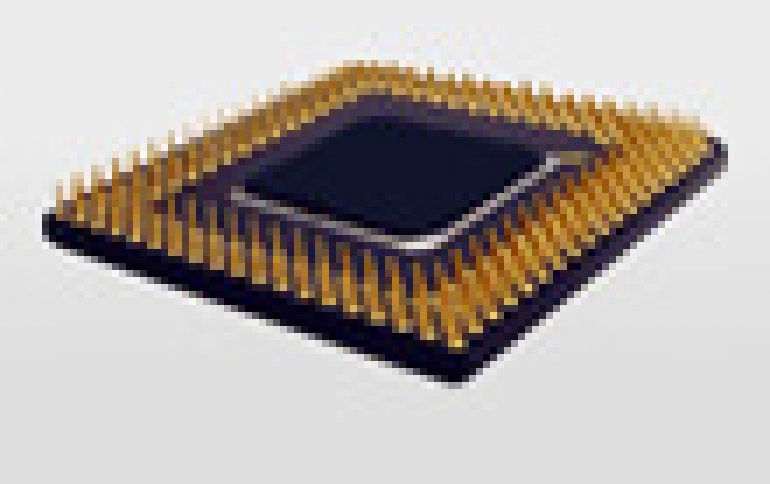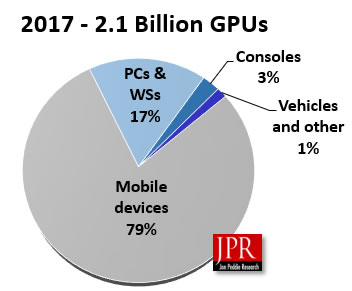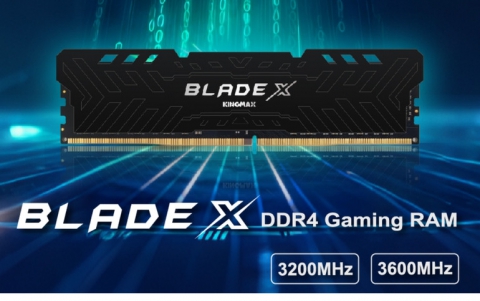
Mobile Devices Use More GPUs Than All Other Platforms Combined
Jon Peddie Research (JPR) has released its annual review of GPU developments for 2017, unveiling some interesting facts about the GPU market in 2017.
First of all, in spite of the slow decline of the PC market overall, PC-based GPU sales, which include workstations, have been increasing. In the mobile market, integrated GPUs have risen at the same rate as mobile devices and the SoCs in them. The same is true for the console market where integrated graphics are in every console and they too have increased in sales over the year, JPR says.

Nearly 28% of the world's population bought a GPU device in 2017, and that's in addition to the systems already in use. And yet, probably less than half of them even know what the term GPU stands for, or what it does.
The GPU has evolved since its introduction in the late 1990s from a simple programmable geometry processor to an elaborate sea of 32-bit floating point processors running at multiple gigahertz speeds. The software supporting and exploiting the GPU, the programming tools, APIs, drivers, applications, and operating systems have also evolved in function, efficiency, and unavoidably, complexity.
The market for, and use of, GPUs stretches from supercomputers and medical devices to gaming machines, mobile devices, automobiles, and wearables.
The manufacturing of GPUs approaches science fiction with features that will move below 10 nm next year and have a glide-path to 3 nm, and some think even 1 nm-Moore's law is far from dead, but is getting trickier to coax out of the genie's bottle as we drive into subatomic realms that can only be modeled and not seen.
2017 was an amazing year for GPU development driven by games, eSports, AI, crypto currency mining, and simulations. Autonomous vehicles started to become a reality, as did augmented reality. The over-hyped consumer-based PC VR market explosion didn't happen, and had little to no impact on GPU developments or sales. Most of the participants in VR already had a high-end system and the HMD was just another display to them.
Mobile GPUs, exemplified by products from Qualcomm, ARM, and Imagination Technologies are key to devices with long battery life, screens at or approaching 4K, and in 2017 we started talking about and showing HDR.
The calendar is an artificial event marker and the developments in GPUs doesn?t pause for holidays, or annual clock ticks. Many, if not all, the developments we will see in 2018 were started as early as 2015, and that three to four-year lead time will continue. Lead times could get longer as we learn how to deal with chips constructed with billions of transistor manufactured at feature sizes smaller than X-rays. Ironically, buying cycles are also accelerating ensuring strong competition as players try to leap-frog each other in innovation.
JPR says we'll see innovation in 2018, with AI being the leading application that will permeate every sector of our lives.













